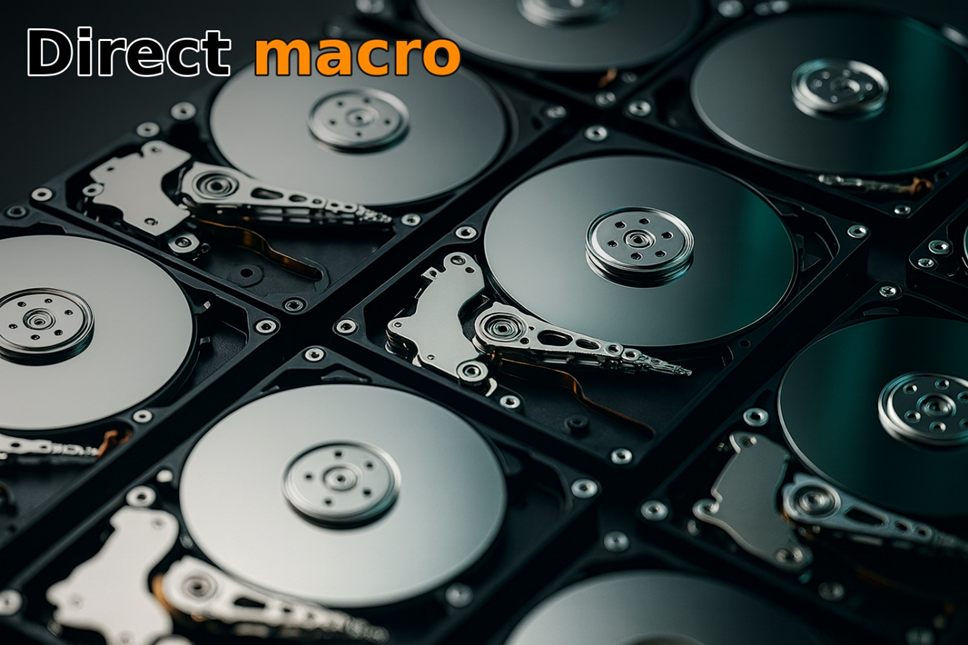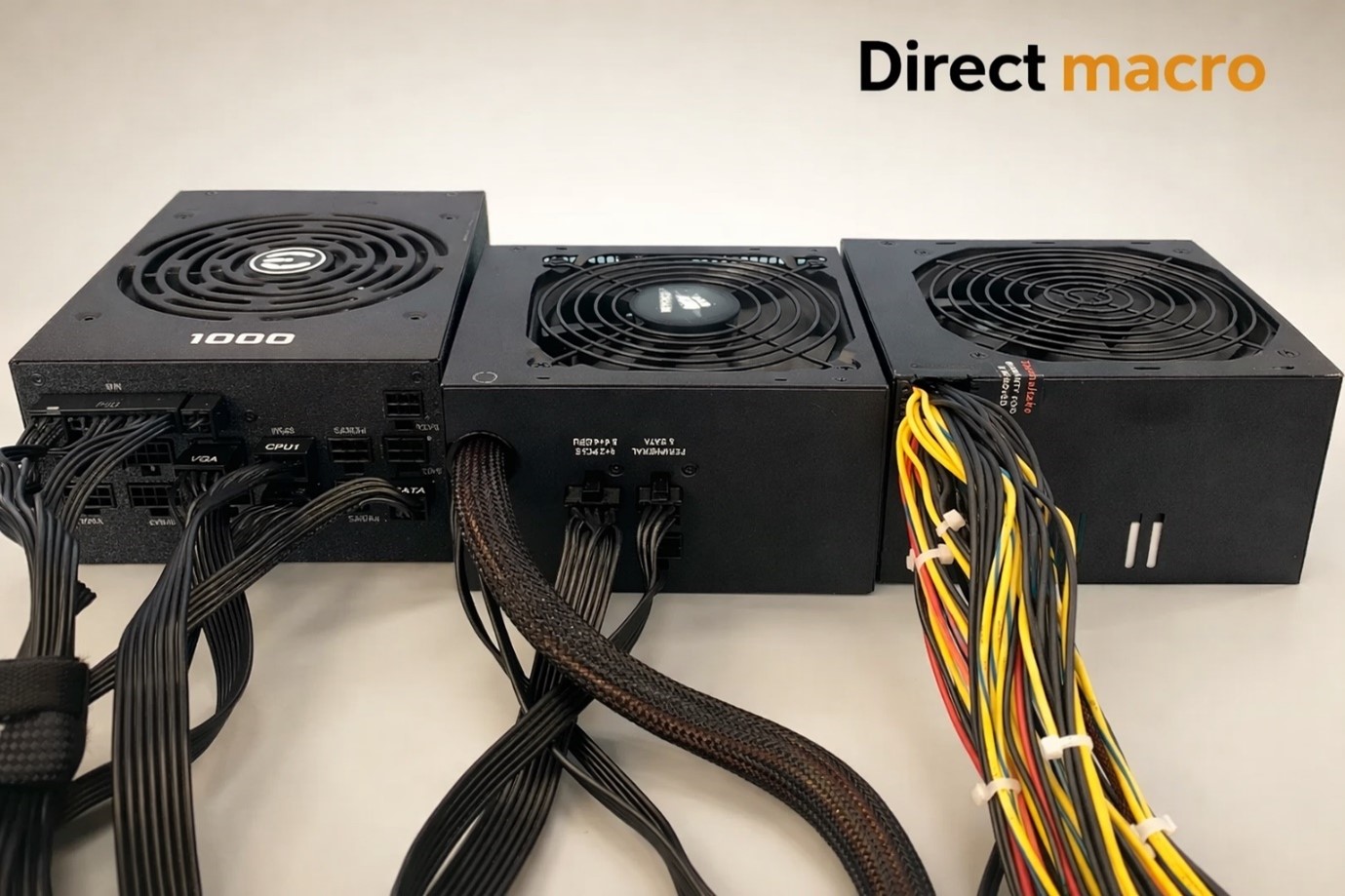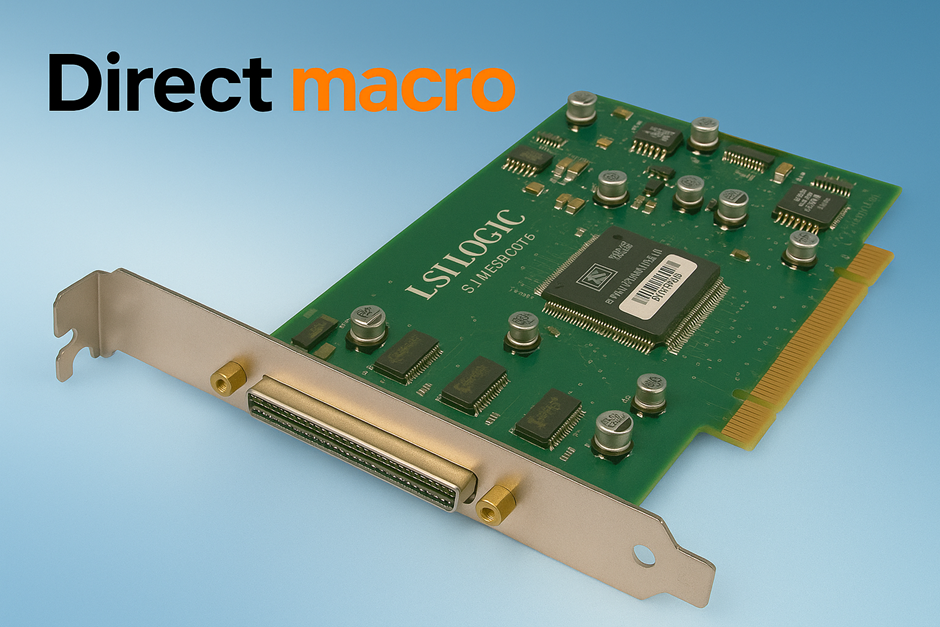How to Completely Destroy a Hard Drive: The Ultimate Guide to Data Security
In the digital age, our lives are stored on computers, from personal photos and financial records to confidential work documents. When it’s time to upgrade or dispose of an old computer, laptop, or Mac, the hard drive often contains a treasure trove of sensitive data. Simply deleting files or reformatting the drive is insufficient to ensure this information is permanently erased. Data recovery experts can often restore data from seemingly blank drives.
This guide provides a comprehensive look at how to destroy a hard drive, ensuring your personal and professional data remains secure and inaccessible to unauthorized parties. We’ll explore various methods, from software-based wiping to physical destruction, and discuss best practices for both individuals and businesses. The goal is to provide a step-by-step guide to complete data security, protecting you from identity theft, corporate espionage, and privacy breaches.
Why Is the Destruction of Old Hard Drives Important?
The importance of destroying an old hard drive cannot be overstated. The primary reason is to protect sensitive data. Every hard drive, whether from a personal computer, a laptop, or a Mac, holds a digital fingerprint of its owner’s life. It includes everything from tax returns, bank statements, and social security numbers to private emails, photos, and passwords. For businesses, the stakes are even higher, as hard drives can contain proprietary information, client data, and trade secrets.
A common misconception is that simply deleting a file removes it forever. When you delete a file, the operating system marks the space it occupies as available. The data itself remains on the disk until it is overwritten. Even a quick format doesn’t truly erase the data; it creates a new file system, making the old data harder, but not impossible, to recover. Malicious actors can use sophisticated software and hardware to assemble data fragments and reconstruct entire files. It is why physical destruction or a certified data-wiping process is the only sure way to prevent data recovery.
The consequences of failing to destroy a hard drive properly can be severe. Individuals risk identity theft, financial fraud, and personal embarrassment. A thief with access to your old hard drive could open credit cards in your name, empty your bank account, or even blackmail you with personal information. For businesses, a data breach can lead to massive financial losses, legal penalties, damage to brand reputation, and a loss of customer trust. The legal and economic implications can be catastrophic, making proper data destruction a critical part of a company’s data security policy.
How to Destroy an Old Hard Drive Step by Step?
There are many steps to destroying your old hard drives for PCs, Macs, and gaming laptops, but there are two main approaches to destroying a hard drive: logical destruction (data wiping) and physical destruction. Both are effective, but physical destruction offers the highest level of security. Here is a detailed breakdown of the steps for each method.
Step 1: Data Wiping (Logical Destruction)
This method involves using specialized software to overwrite the entire hard drive with random data, making the original data unrecoverable. It is often the first step for those who want to reuse the drive or donate the computer.
- Choose A Reputable Data Wiping Software: Look for software that meets or exceeds standards like the DoD 5220.22-M or NIST 800-88 guidelines. These standards ensure that the data is overwritten multiple times. Some popular options include DBAN (Darik’s Boot and Nuke) for HDDs and secure erase tools for SSDs.
- Back Up Your Data: Before you begin, ensure all important files are backed up to an external drive or cloud storage. Once the wiping process begins, there is no turning back.
- Run the Software: Boot your computer from a USB drive or disc containing the wiping software. Follow the on-screen instructions to select the drive you want to erase and the wiping method. The process can take several hours, depending on the drive’s size and the chosen method.
Step 2: Physical Destruction
Physical destruction is the most reliable method for maximum security, especially when dealing with sensitive data. It ensures that the hard drive platter, the magnetic disk where data is stored, is rendered completely unreadable.
- Remove the Hard Drive: The first step is safely removing the hard drive from your computer,laptop, or Mac. Consult your device’s manual or an online guide for specific instructions. Hard drives are typically secured with screws and connected with an SATA or IDE cable.
- Disassemble the Hard Drive: Open the rugged drive casing with a screwdriver. It will expose the delicate hard drive platter. Be aware that some drives, especially newer ones, may require special tools or have hidden screws.
- Destroy the Platter: The platter is where the data is stored. To destroy it, you must make it physically unreadable.
-
- Drilling: Use a power drill to create multiple holes through the platter. This method is effective but dangerous, so take proper safety precautions.
-
- Shredding: Professional data destruction companies use industrial shredders that pulverize the entire drive, turning it into tiny metal fragments.
-
- Crushing/Bending: Bending or crushing the platters with a heavy-duty tool can also render them useless.
-
- Degaussing: A degausser uses a powerful magnetic field to scramble the data on the platters, making it unreadable. It is a standard method used by professionals.
It is important to remember that physical destruction of the hard drive casing alone is not enough. The focus should always be on destroying the hard drive platter.
Step 3: Special Cases – Laptops and Macs
If you are a laptop or Mac user, you must follow these simple steps to destroy your old hard drive.
- How To Destroy a Hard Drive on a Laptop?
-
- Many laptops (especially older ones) include 2.5-inch HDDs. To destroy a hard drive on a computer safely, follow these simple steps:
- Back up all the important documents and files you need in the future before destroying your laptop’s hard drive.
- Before removing your hard drive from your laptop, power down or unplug the charger.
- Open the service bay or bottom cover to access the drive.
- Remove the 2.5″ HDD from your laptop. Use software wipe or a professional service to destroy your hard drive.
- Following the same safe practices outlined above, if you proceed to cause physical damage.
If you are still deciding how to destroy a hard drive on a laptop, remember that a verified wipe plus certified recycling is usually the cleanest, safest choice.
- How To Destroy a Hard Drive on a Mac?
Older iMacs and MacBooks with HDDs can be destroyed like any PC HDD:
- FileVault: If you used FileVault and forgot the recovery key, erasing the encrypted drive often suffices because the encryption key is inaccessible.
- Disk Utility (for HDDs): Use the erase options to write over data for traditional HDDs.
- Serviceability: Modern Macs are harder to open. Consider a pro shop or certified shredder if DIY removal is difficult.
When researching how to destroy a hard drive on a Mac, prioritize encryption (FileVault), a verified erase for HDDs, and professional shredding if access is a challenge. And if you need to be entirely sure, professionals can confirm how to destroy a hard drive on a Mac with a certified, documented process.
Common Mistakes to Avoid When Disposing of an Old Hard Drive
Disposing a hard drive seems simple, but many people make critical mistakes that can lead to data breaches.
-
Assuming A Simple Delete Is Enough
As mentioned, hitting “delete” on a file or emptying the recycle bin does not permanently erase the data.
-
Only Reformatting the Drive
A quick format prepares the drive for new data but doesn’t overwrite the old information.
-
Using A Simple Hammer
While a hammer can break the casing, it often doesn’t do enough damage to the platters to prevent data recovery. A determined individual can still read parts of the disk.
-
Selling the Computer Without Wiping the Drive
It is one of the most significant risks. Don’t assume the new owner won’t try to access your old data.
-
Improper Disposal
Tossing a hard drive in the trash is a privacy risk and an environmental hazard due to the toxic materials it contains. Using e-waste recycling services or a certified data destruction company is crucial.
How Businesses and Individuals Should Destroy Old Hard Drives?
The approach to data destruction can vary slightly between individuals and businesses, primarily due to scale and legal compliance.
Individuals
A combination of software wiping and physical destruction is the most secure and cost-effective method for individuals with a few old hard drives. Start with a data wiping tool to handle any drives you want to reuse. Physical destruction is the best bet for drives that are no longer needed. Removing the hard drive from your old computer or laptop and drilling holes through the platter is a highly effective DIY method. Alternatively, many electronic waste recycling centers offer certified data destruction services.
Businesses
Businesses have a legal and ethical obligation to protect client and corporate data. Therefore, a more formal and verifiable process is required.
- Develop A Clear Policy
Businesses should have a written data destruction policy that outlines the procedures, methods, and responsibilities for all data-bearing devices.
- Use Professional Services
Partnering with a certified data destruction company is the safest bet. These companies use industrial-grade shredders or degaussers and provide a certificate of destruction, which is crucial for legal and compliance purposes. It ensures the entire chain of custody is documented and auditable.
- Regular Audits
Companies should regularly audit their data destruction process to ensure compliance and identify vulnerabilities.
Whether you are an individual or a business, the key is to be proactive and prioritize data security from when a device is retired.
Final Thoughts: Bringing It All Together
The ultimate goal of destroying a hard drive is peace of mind. In a world where data is valuable, protecting your privacy is paramount. Simply deleting files or doing a quick format is an invitation for a data breach. The only way to guarantee your data is gone for good is through a verified process of either certified data wiping or complete physical destruction.
Whether you are an individual retiring an old laptop or a business decommissioning a server, the principles remain the same: take a systematic, secure, and verifiable approach to data destruction. Following the steps outlined in this guide, you can ensure that your personal and professional information remains confidential and safe long after the physical hard drive is no longer in use.
For more details, please call us at (855) 483-7810 or visit our website for assistance regarding brutal drive destruction safely and securely. Contact us today; our team is available 24/7 to assist you.
FAQs
- Does degaussing work on all types of hard drives?
Degaussing is highly effective for traditional HDDs using magnetic platters. However, it does not work on SSDs (Solid State Drives) because they store data on non-magnetic flash memory chips. For SSDs, a secure erase command or physical destruction of the memory chips is necessary.
- Can I destroy a hard drive with a microwave or fire?
No. Microwaving a hard drive can be extremely dangerous, as it can cause an electrical fire or release toxic fumes. Fire is also unreliable, as it may not destroy the platters or their data. These methods are not recommended and pose significant safety risks.
- Is it safe to donate an old computer if I’ve wiped the hard drive?
Yes, but only if you have used reputable data wiping software that meets or exceeds industry standards like DoD 5220.22-M. It ensures the data is overwritten multiple times, making it virtually impossible to recover. Physically destroying the drive before recycling is always the safest option for maximum security.
- What is the best way to destroy a hard drive on a laptop?
The process is similar to a desktop. First, you need to remove the hard drive from the laptop safely. It often requires opening the laptop case. Once the drive is removed, you can use data wiping software to overwrite it or physically destroy the drive platter by drilling holes, shredding, or using a degausser.
- How do I destroy a hard drive platter?
The most effective ways to destroy a hard drive platter are by drilling multiple holes, shredding it with a professional industrial shredder, or crushing it. The goal is to physically damage the platter’s surface to the point where no data can be read.
Do you need advice on buying or selling hardware? Fill out the form and we will return.

Sales & Support
(855) 483-7810
We respond within 48 hours on all weekdays
Opening hours
Monday to thursday: 08.30-16.30
Friday: 08.30-15.30








